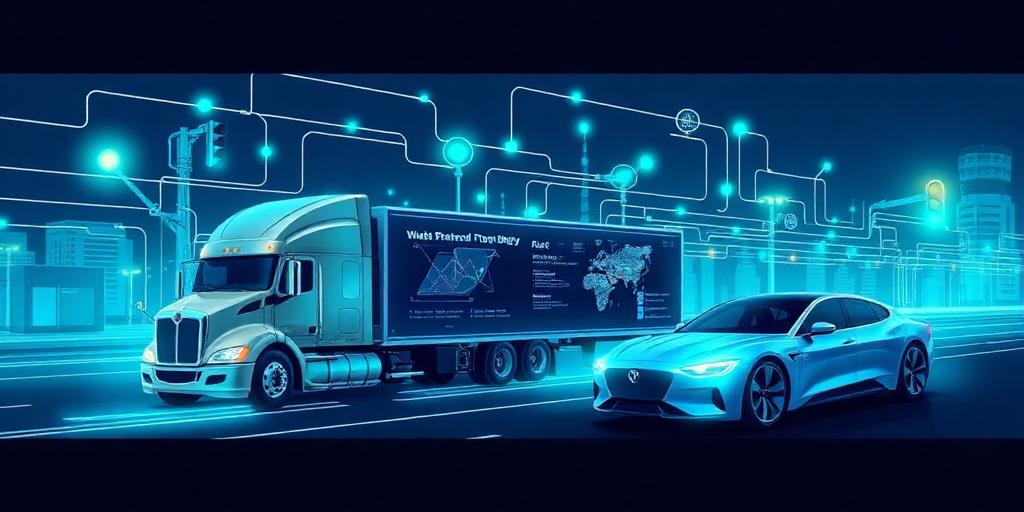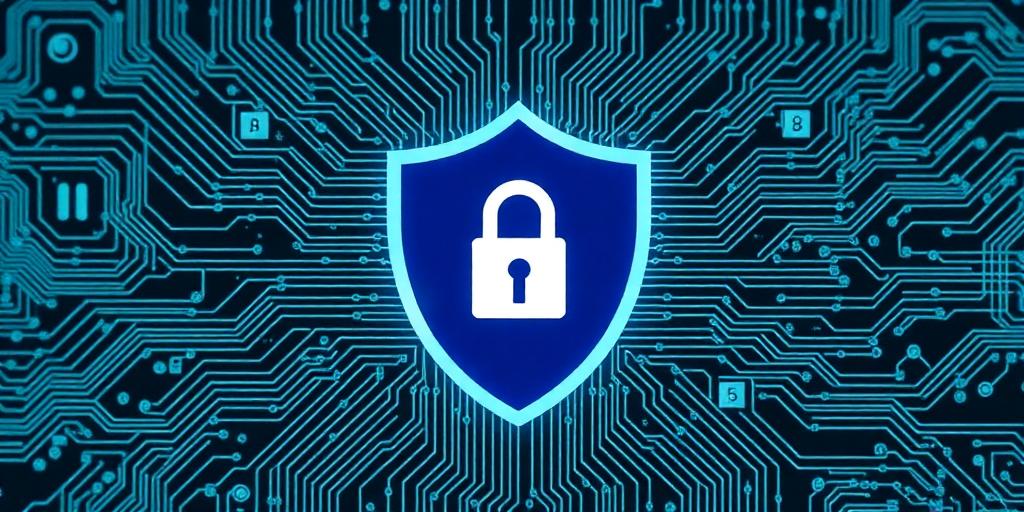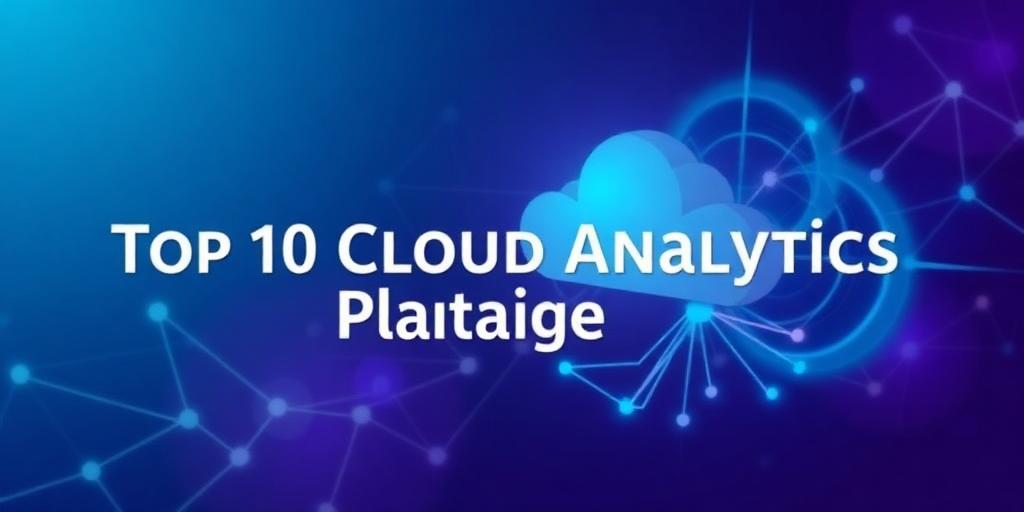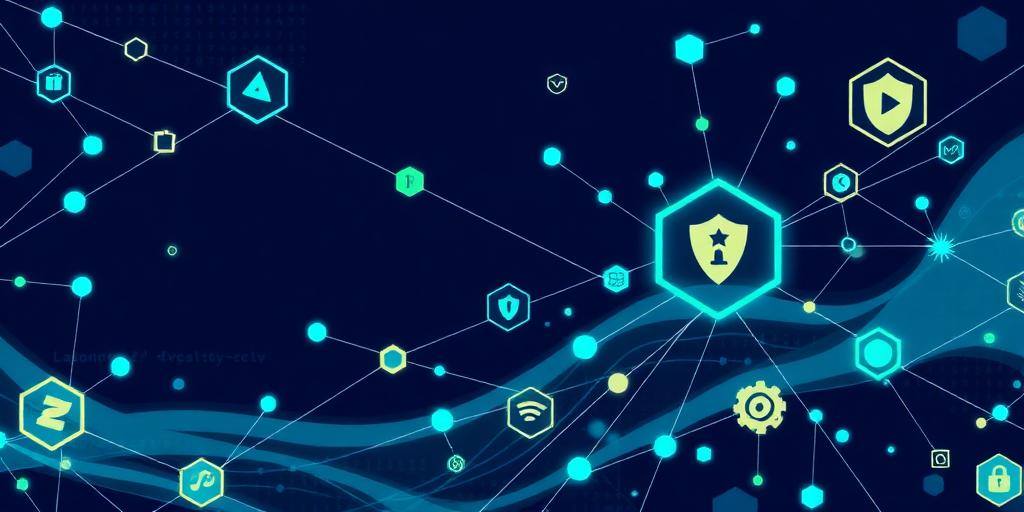The Internet of Things (IoT) is fundamentally reshaping the global transportation landscape, ushering in an era of unprecedented efficiency, safety, and connectivity. From optimizing logistics chains to enhancing urban mobility, the pervasive integration of IoT devices and data analytics is not merely an evolutionary step but a true revolution for the transportation industry.
Defining IoT's Role in Modern Transportation
IoT refers to the network of physical objects embedded with sensors, software, and other technologies for the purpose of connecting and exchanging data with other devices and systems over the internet. In transportation, this translates to a vast array of connected assets, including vehicles, infrastructure, cargo, and even individual travelers. This interconnectedness provides real-time data streams that empower stakeholders to make informed decisions, automate processes, and predict potential issues.
Enhanced Operational Efficiency and Logistics Optimization
One of the most immediate and significant impacts of IoT is on operational efficiency within logistics and supply chain management. Real-time visibility is now a standard expectation, allowing companies to track shipments from origin to destination with unparalleled precision. Key applications include:
- Fleet Management: IoT sensors monitor vehicle location, speed, fuel consumption, and engine diagnostics. This data facilitates optimal route planning, reduces idling times, and streamlines maintenance schedules, leading to substantial cost savings and improved delivery times.
- Asset Tracking: Beyond vehicles, individual assets and cargo can be tracked using IoT devices, ensuring their security and integrity throughout the supply chain. This is particularly crucial for temperature-sensitive goods or high-value items.
- Predictive Maintenance: By continuously monitoring vehicle components, IoT systems can predict potential failures before they occur. This proactive approach minimizes unexpected breakdowns, reduces repair costs, and extends the lifespan of assets.
These advancements in IoT impact on logistics are transforming how goods move globally, making systems more resilient and responsive.
Improving Safety and Security on Roads and Rails
Safety is paramount in transportation, and IoT offers robust solutions to mitigate risks and enhance security. Connected devices provide critical data that can prevent accidents and improve response times.
- Driver Behavior Monitoring: Telematics systems monitor driver performance, identifying risky behaviors such as harsh braking, rapid acceleration, or excessive speeding. This enables targeted training and improves overall road safety.
- Advanced Driver-Assistance Systems (ADAS): While not solely IoT, many ADAS features leverage sensor data (a core IoT principle) for collision avoidance, lane keeping, and blind-spot detection, significantly reducing accident potential.
- Emergency Response: In the event of an accident, IoT-enabled vehicles can automatically alert emergency services with precise location data, drastically cutting down response times and improving outcomes.
Revolutionizing Urban Mobility with Smart Infrastructure
The integration of IoT extends beyond individual vehicles to encompass entire urban environments, giving rise to smart transportation solutions. This holistic approach aims to alleviate congestion, reduce pollution, and enhance the overall travel experience.
- Intelligent Traffic Systems: Sensors embedded in roadways and traffic lights monitor traffic flow in real-time, dynamically adjusting signal timings to optimize movement and reduce bottlenecks.
- Smart Parking Solutions: IoT-enabled parking sensors guide drivers to available spots, reducing search times and urban congestion.
- Public Transit Optimization: Connected vehicles in public transportation fleets provide real-time updates on arrivals and departures, helping commuters plan their journeys more effectively. They also allow operators to monitor vehicle performance and schedule maintenance efficiently, showcasing key IoT applications in public transit.
Enhancing the Customer Experience
The benefits of IoT are not limited to operators; they also significantly enhance the end-user experience. From personalized travel information to seamless ticketing, connected systems make travel more convenient and enjoyable.
- Personalized Travel Information: Mobile applications, powered by IoT data, provide real-time updates on routes, delays, and alternative transportation options, tailoring information to individual needs.
- On-Demand Mobility: Services like ride-sharing and micromobility (e-scooters, bike-sharing) leverage IoT to track vehicle availability and location, enabling flexible, on-demand transportation options.
The Future of Transportation with IoT
The widespread adoption of IoT in transportation is a testament to its transformative power. As technology continues to evolve, we can anticipate even more sophisticated integrations, including vehicle-to-everything (V2X) communication, autonomous vehicles, and highly integrated multimodal transport systems. While challenges such as data security, privacy, and interoperability remain, ongoing innovations are continuously addressing these concerns. The future of transportation with IoT promises safer, more efficient, and more sustainable mobility for all.
In conclusion, IoT is not just an add-on; it is an indispensable component revolutionizing every facet of the transportation industry. Its ability to generate actionable insights from real-time data is paving the way for a smarter, more connected, and highly optimized world of movement.









